Optimal Timing for Blackberry Bush Removal
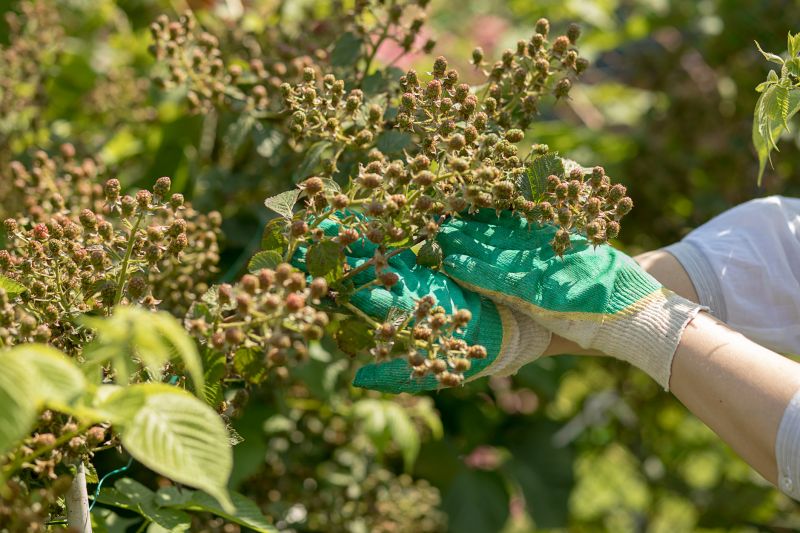
Spring is an optimal time for blackberry bush removal due to active growth and easier access.
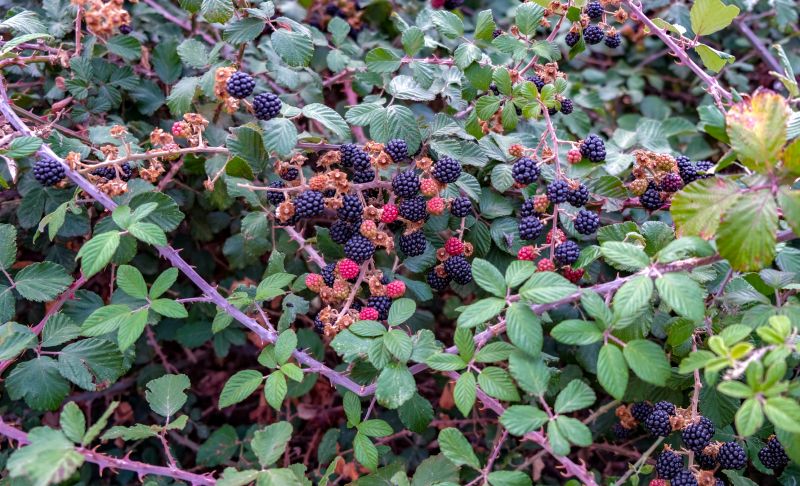
Summer offers a chance to remove blackberry bushes before they produce fruit, reducing spread.

Fall is suitable for removal after fruiting, when plants are preparing for dormancy.

Ways to make Blackberry Bush Removals work in tight or awkward layouts.
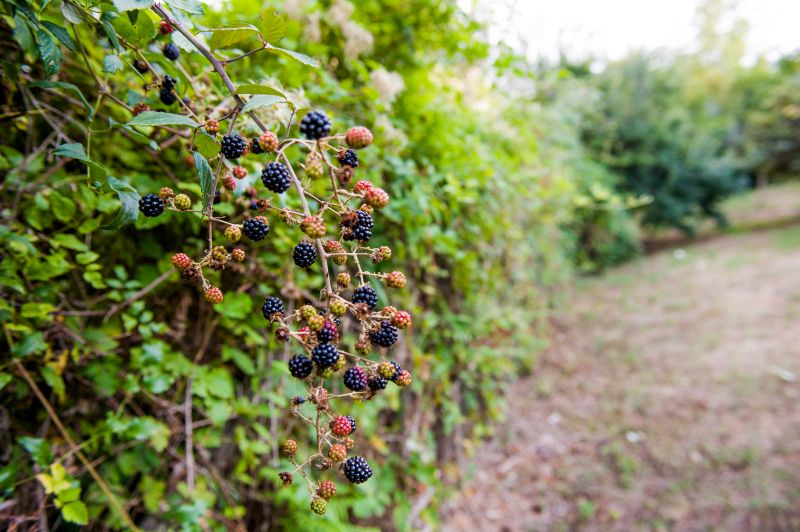
Popular materials for Blackberry Bush Removals and why they hold up over time.
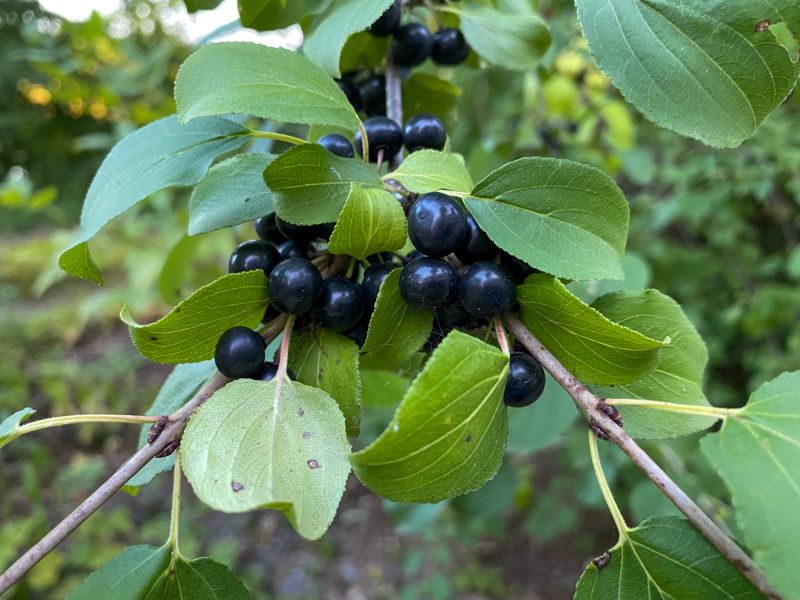
Simple add-ons that improve Blackberry Bush Removals without blowing the budget.
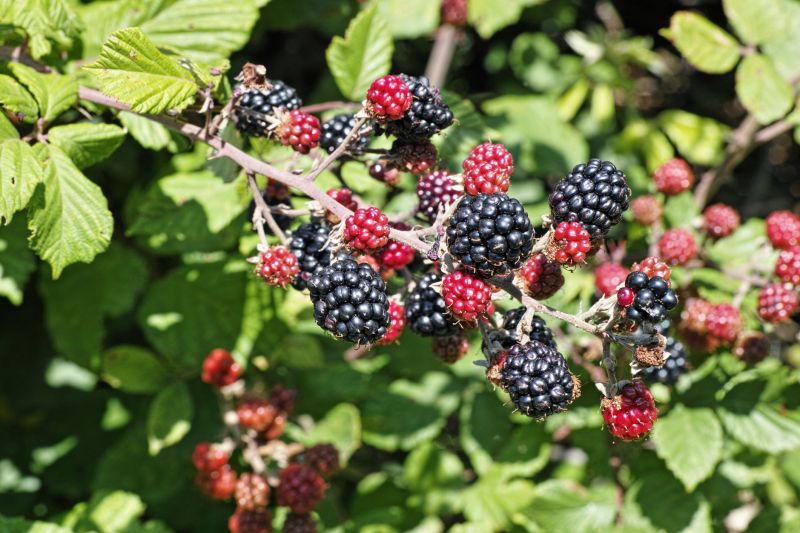
High-end options that actually feel worth it for Blackberry Bush Removals.
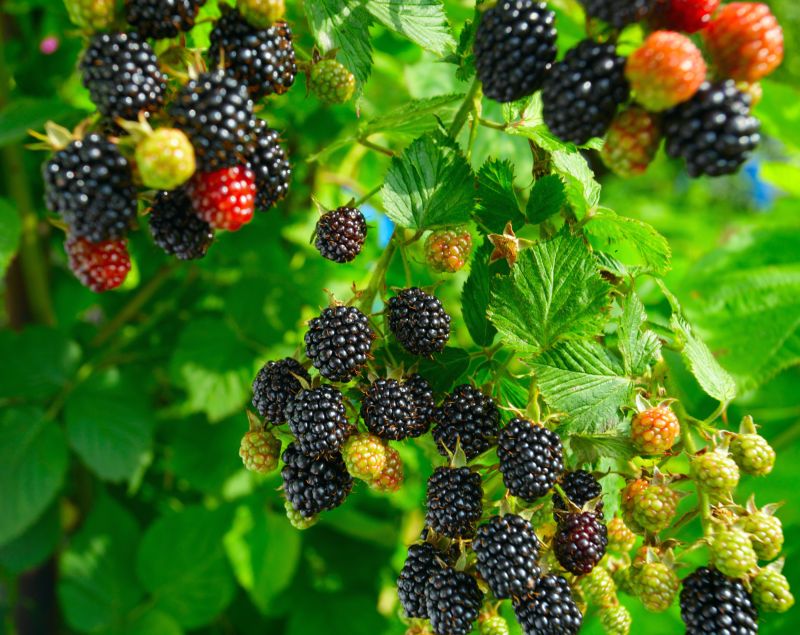
Finishes and colors that play nicely with Blackberry Bush Removals.
Blackberry bush removals are most effective during the active growth phases of the plant. Removing bushes during spring or early summer can prevent significant spread and reduce the likelihood of regrowth. Proper timing ensures that the roots are less developed, making removal easier and more thorough. Additionally, removing blackberry bushes before fruiting in summer can prevent seed dispersal, limiting future growth in surrounding areas.
Statistics indicate that timely blackberry bush removal can decrease invasive spread by up to 70 percent when performed during optimal seasons. Delaying removal until late fall may result in more difficult eradication due to established root systems. Therefore, understanding the plant’s lifecycle and seasonal behavior is crucial for effective removal strategies.
Blackberry bushes grow rapidly in spring, producing new canes that bear fruit in summer. Roots can extend deep into the soil, making removal challenging if delayed.
Active growth stages and the absence of fruiting are ideal indicators for removal. Early intervention reduces regrowth potential.
Removing bushes during dormancy or early growth phases improves success rates and minimizes future invasions.
Weather conditions like soil moisture and temperature influence the ease and effectiveness of blackberry bush removal.
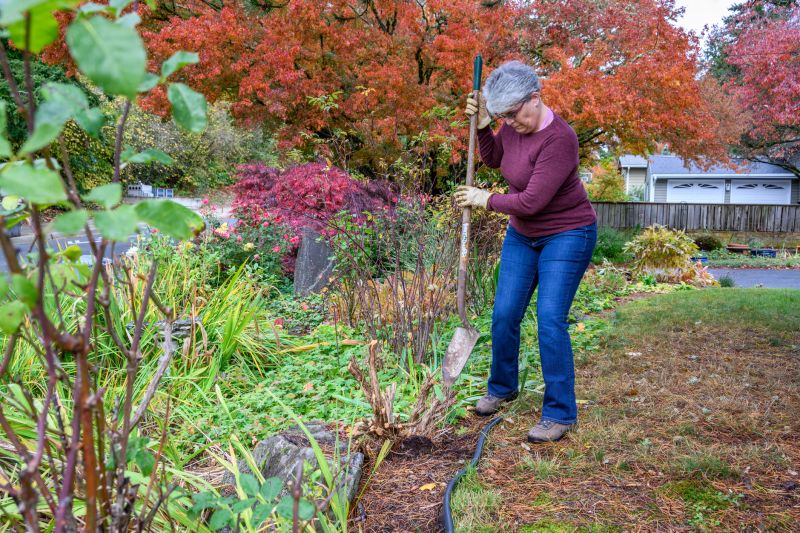
Early season removal minimizes regrowth.
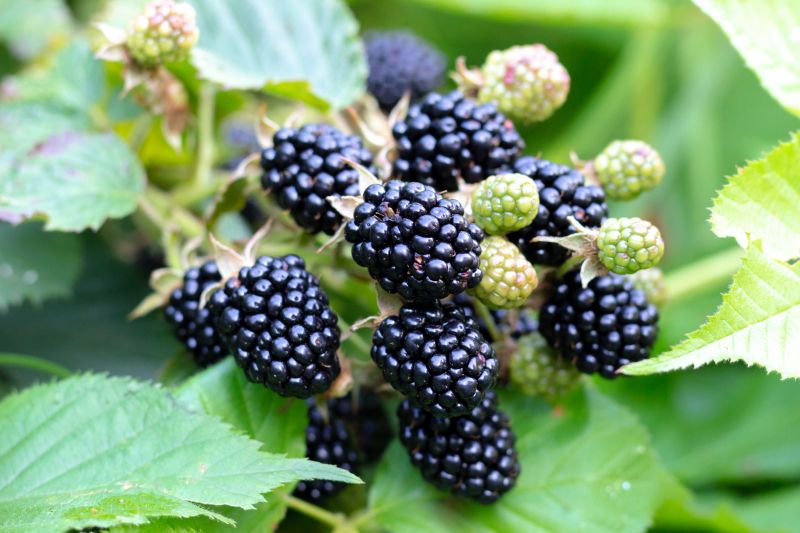
Target bushes before fruiting begins.
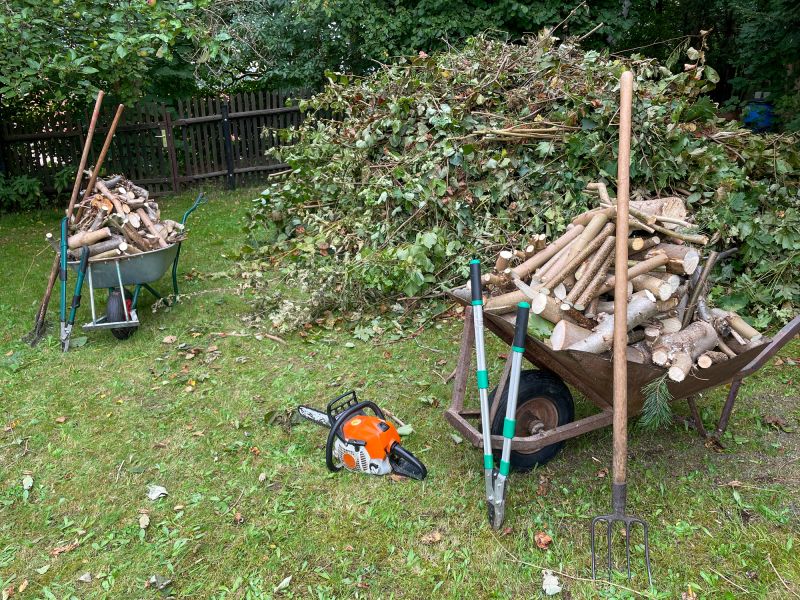
Post-harvest removal reduces seed spread.
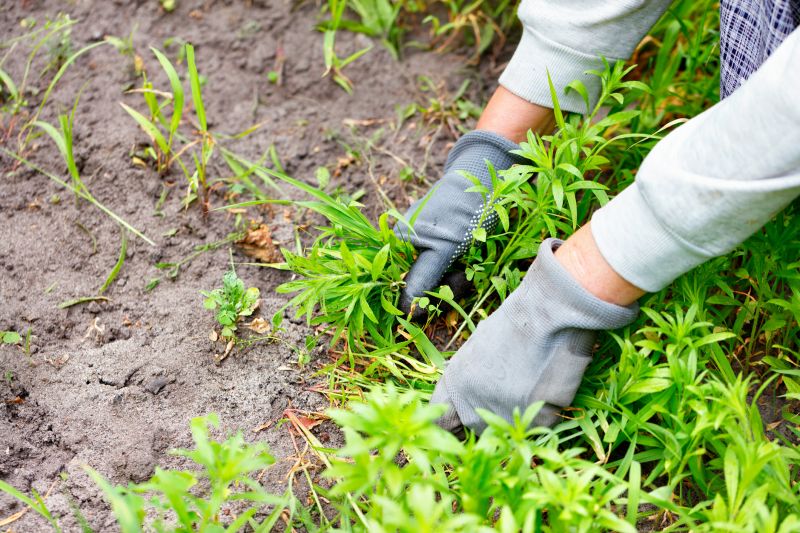
Effective removal involves extracting roots completely.

A common invasive species in many regions.
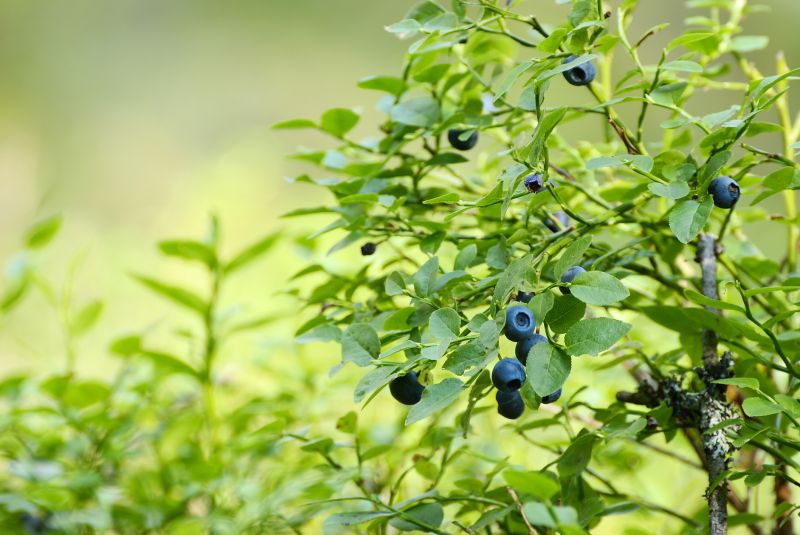
Shows vigorous growth during ideal seasons.
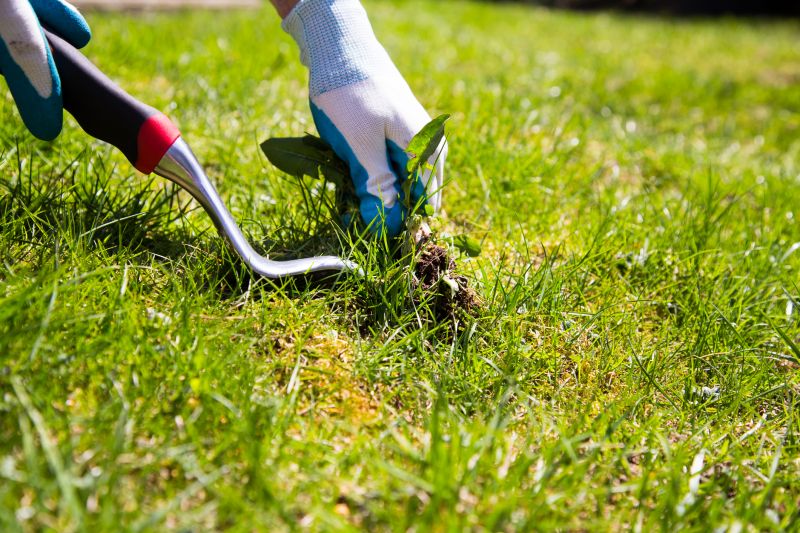
Tools used for effective blackberry bush eradication.
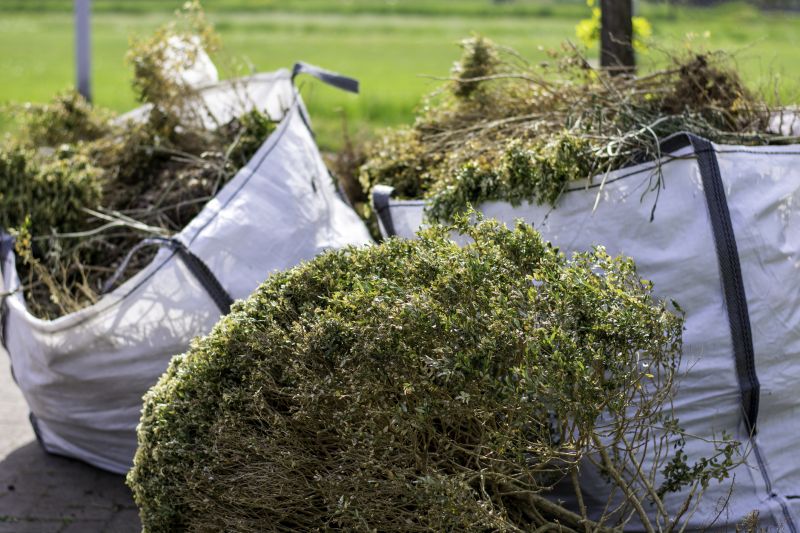
Prepared for replanting or landscaping.
| Season | Best Removal Time |
|---|---|
| Spring | Yes, early growth phase |
| Summer | Before fruiting begins |
| Fall | After fruiting and harvest |
| Winter | Less effective due to dormancy |
| Late Spring | Ideal for initial removal |
| Early Summer | Effective for preventing spread |
| Late Summer | Less ideal, plants may be mature |
| Early Fall | Good for final eradication efforts |
Understanding the seasonal behavior of blackberry bushes is essential for planning removal activities. Proper timing not only enhances the effectiveness of eradication but also reduces the likelihood of regrowth. It is recommended to schedule removal during active growth or immediately after fruiting to maximize results and minimize future invasions.

Tools designed for thorough eradication.
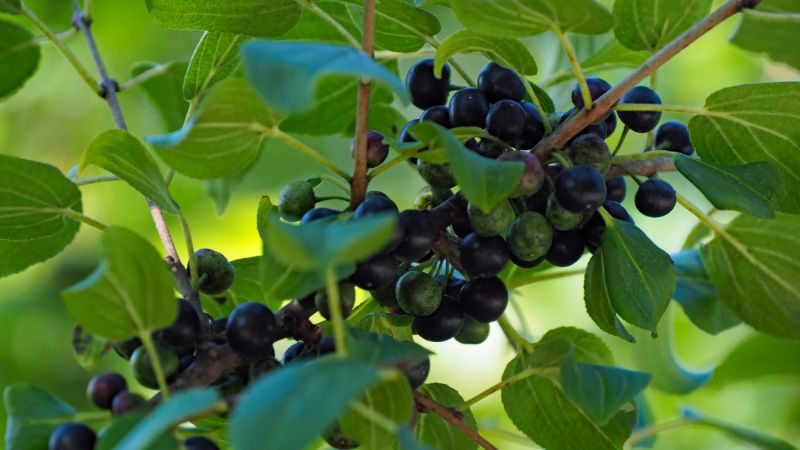
Visual comparison of growth stages.
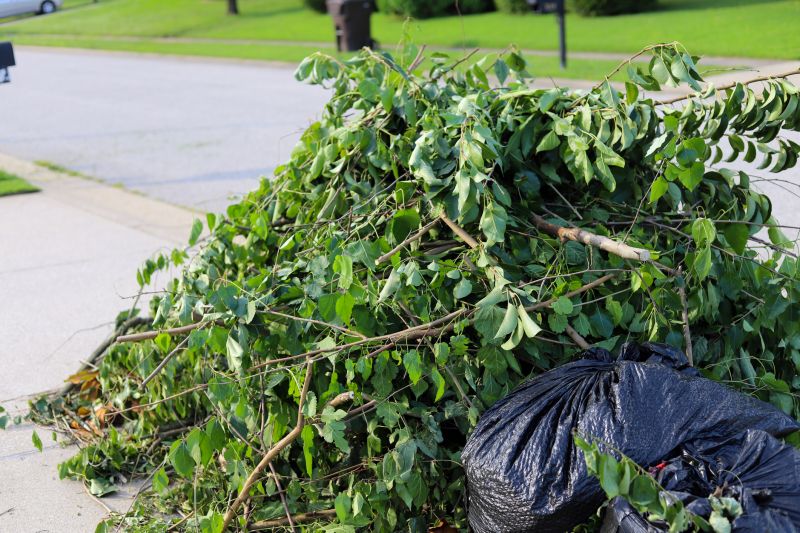
Preparing the land for future use.

Best practices for complete eradication.
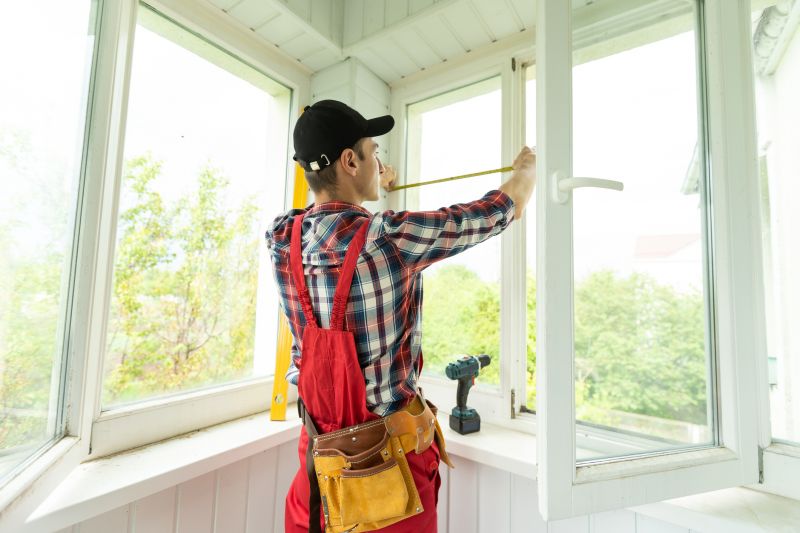
Little measurements that prevent headaches on Blackberry Bush Removals day.
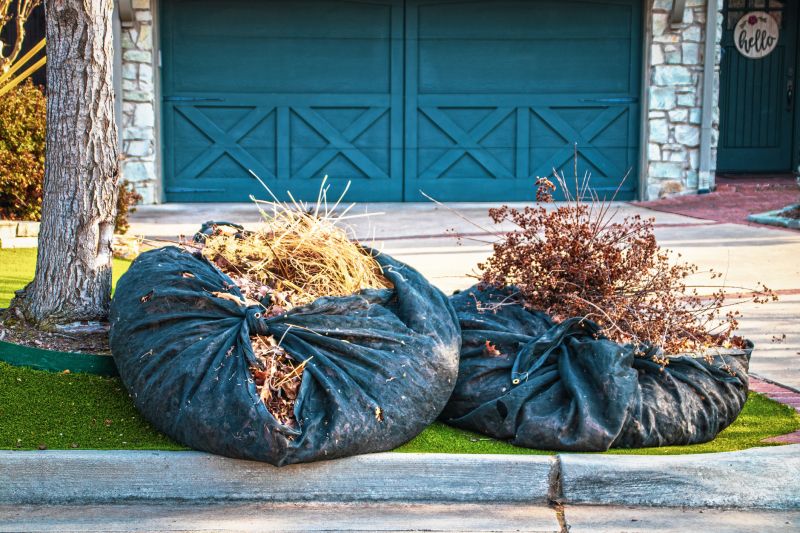
A 60-second routine that keeps Blackberry Bush Removals looking new.
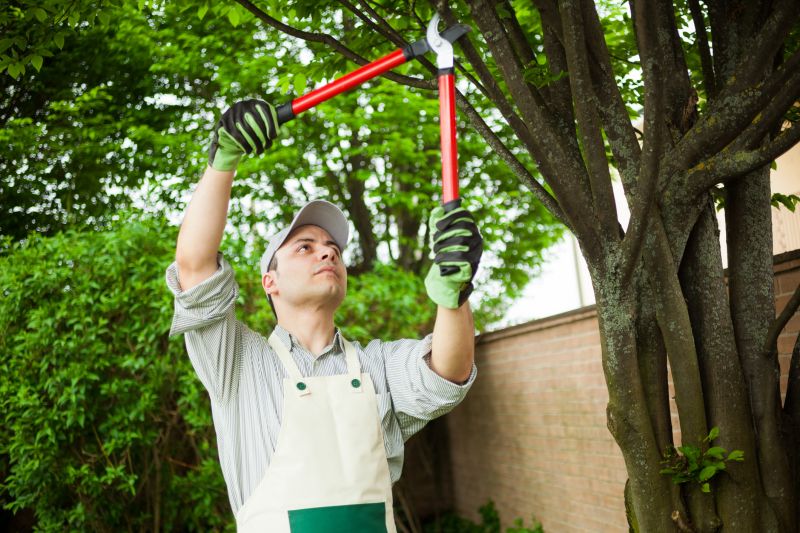
A frequent mistake in Blackberry Bush Removals and how to dodge it.

Small tweaks to make Blackberry Bush Removals safer and easier to use.
Timely blackberry bush removal is crucial for controlling invasive growth and preventing further spread. Properly scheduled activities, combined with effective techniques, can significantly reduce the presence of blackberry bushes in affected areas. For those interested in professional removal services, filling out the contact form can provide additional guidance and assistance.



